Kitchen Confidence
The 5 Natural Sugars You Should Have in Your Pantry
Inspired by conversations on the Food52 Hotline, we're sharing tips and tricks that make navigating all of our kitchens easier and more fun.
Today: Make natural sugars a flavorful, exciting part of your pantry. Here are the five that'll get you started.
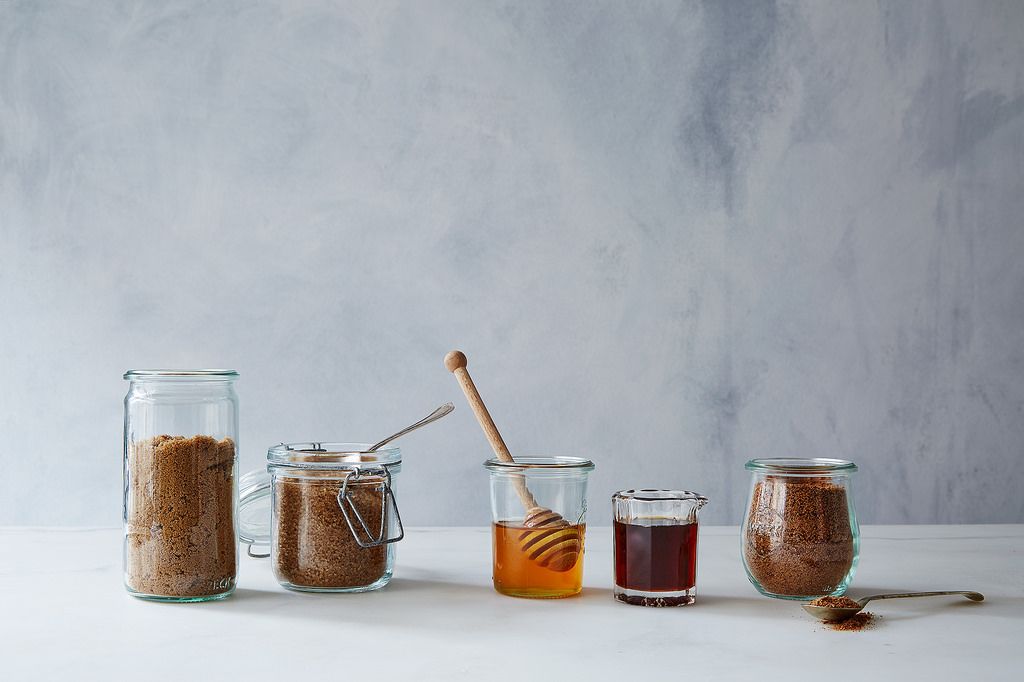
From left: dark muscovado sugar, turbinado sugar, honey, maple syrup, coconut sugar
In a world full of flavorless, refined white sugar, baking with more natural, white sugar alternatives is both exciting, and let’s face it, kind of scary. At first glance, it seems like there’s a fine line between hip and hippie—no amount of virtue will get me to swap my 3 p.m. coffee and chocolate chip cookie for a granola bar that tastes like it should be burning incense and wearing a poncho. But with an arsenal of inspiring, foolproof recipes and a few natural sugar staples in your pantry, the leap from crummy to crave-worthy will be effortless.
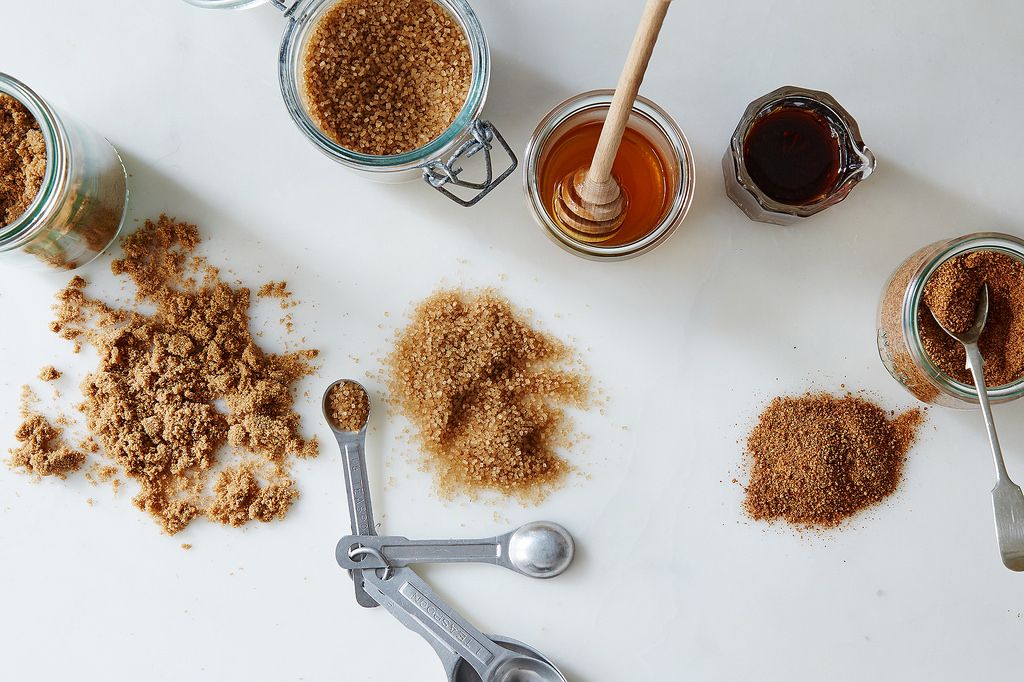
My latest cookbook, Real Sweet, aims to get everyone in on the natural sugar wave, baking with a veritable rainbow of white sugar alternatives (albeit a sort of brown rainbow) that bring unbelievable flavor, texture, and, yes, sometimes even a nice little nutrient punch to all manner of sweet treats. Here are the sweet stars I keep on hand to use in my baking repertoire:
Dark muscovado sugar
What it is: Rich, heady, sticky, dark, rough, and unrefined, this sugar is the “bad boy” of the natural sweetener pantry. Like conventional dark brown sugar on steroids, dark muscovado sugar is so shockingly dark and full of molasses flavor, it teeters on the edge of being bittersweet, with an almost savory quality. Light muscovado is much milder and comparable to supermarket dark brown sugar in color and flavor.
Sometimes labeled “Barbados,” “moist,” or “molasses sugar,” muscovado sugar is a minimally processed sugar derived from sugarcane. It’s made by boiling down sugarcane until it evaporates, leaving sticky crystals behind. Muscovado sugar isn’t chemically treated or stripped of its molasses, which gives it its deep color and sticky texture. Most muscovado production happens on the islands of Barbados, Mauritius, and the Philippines, close to the sugarcane source, by people who have been producing the sugar for generations, making it a sort of heirloom sugar with great character. This is a sugar with a true sense of story in its rich flavor.
How to store it: Dark muscovado in particular can often have some hard clumps in it, so I often go for extra mixing time or run the sugar through a food processor. Sometimes I just go with its unrefined flow and enjoy bonus little molten sugary nuggets in my baked goods. To me, dark muscovado sugar is the ultimate “I can’t put my finger on it, but something in this recipe is absolutely incredible” kind of ingredient.
Muscovado sugar can be tricky to find, so I buy it in bulk online and store it wisely. Keeping muscovado sugar moist is key. Since it’s often shipped from exotic locales, your muscovado might come a bit dry, like a big brick. In that case, break it up as best as you can into a container with a tight-fitting lid and add a slice of bread or half an apple. Let the sealed container sit overnight, discard the bread or apple, and you’ll have softer, scoopable muscovado sugar at the ready.
How to use it: Anywhere you’d use brown sugar, use an equal, firmly packed measure of muscovado. It’s most impressive in baked goods where that alluring combination of crisp edges and chewy centers is the order of the day—think chewy cookies, brownies, bar cookies, and moist, dense, sticky cakes. Muscovado sugar is amazing paired with spices and chocolate. Tropical fruits such as bananas and pineapple (and perhaps a hit of dark rum?) are a slam dunk with muscovado.
Some recipes to try:
- Flans with Muscovado Sauce
- Pecan-Crusted Oat Flour Genoise
- Artusi’s Butternut Squash Pie (Torta di Zucca Gialla)
- Soft Batch Pumpkin Spice Cookies
Turbinado sugar
What it is: Turbinado sugar is rough around the edges but can save the day with its versatility, rounded sweetness, coarse and crunchy texture, and light molasses flavor.
Turbinado sugar comes from sugarcane and is produced around the globe. It’s the “raw sugar” that’s the result of the centrifuge-spinning stage in the sugar production process. That centrifuge is sometimes also called a turbine, hence the term “turbinado” sugar. Depending on the producer, the depth of molasses flavor and the color of turbinado sugar can vary. Demerara sugar is essentially the same thing as turbinado, and you’ll often find the terms used interchangeably (“demerara” is the term of choice in Britain, for example). Typically, sugar that is labeled as demerara tends to be a touch lighter in color with a blondish hue and slightly less intense in flavor than turbinado. Both turbinado and demerara sugars are also sometimes referred to as “raw sugar” in recipes and cookbooks.
How to store it: The bit of molasses that still remains in turbinado can tend to keep some brands from staying dry and free-flowing. A cool, dry storage place and a tightly sealed container are your best bets to keep turbinado from absorbing more moisture from the air.
How to use it: Although it’s much coarser and sometimes doesn’t yield as fine a texture, turbinado sugar usually makes for a reasonable 1:1 swap for white granulated sugar. When in doubt, it helps to grind turbinado finer in a food processor, or use it in recipes where it can be allowed to completely dissolve, like a sugar syrup for candy, or meringues using the Swiss method, or simply given extra time to break down with additional beating time (always in the earlier stages of a recipe, before the flour is added).
But what turbinado lacks in delicacy it more than makes up for with flavor and crunch. There’s nothing like a streusel topping made with this hearty, sparkling sugar, and it’s ideal for sprinkling over cookies, cakes, muffins, and scones before baking for a pretty but decidedly natural and rustic look.
Some recipes to try:
- Ginger Apple Torte
- Molasses Clove Cookies
- Crème Fraîche Panna Cotta with Fresh Berries and Herbs
- Currant Rosemary Scones
Honey
What it is: Twice as sweet as white sugar, honey is to baking what cooking with wine is in the savory kitchen. Just like wine, honey can present an exciting, wide variety of hues and flavor notes to pair with different ingredients, depending on the flowers from which the honeybees got their nectar.
How to store it: Store in a tightly sealed container in a cool place away from direct sunlight. Honey doesn’t need to be refrigerated, but it can sometimes become cloudy or crystallize when stored for a long period of time. If this happens, warm the honey briefly with gentle heat and it will become clear and fluid again.
How to use it: Because honey is much sweeter than sugar, you can use less of it in recipes than you would white granulated sugar. When baking with honey, you’ll get the best results with softer baked goods that don’t require crisp edges. Muffins and quick breads tend to be great for swapping in honey for white sugar, but keep an eye on the baking time because honey makes baked goods brown darker and faster. You can also look for granulated honey, which can be used like white sugar and has incredible flavor.
Some recipes to try:
- Airy Rosemary Citrus Pignole Bread Pudding
- Rustic French Honey Cake
- Seadas (Sardinian Honey and Cheese Pastries)
- Alsatian Gingerbread
Maple syrup
What it is: Twice as sweet as white granulated sugar, pure maple syrup has a gentler sweetness when compared with other liquid sweeteners such as honey or agave nectar. It has a earthy, rich, and round flavor and comes in various grades that range from mild to surprisingly bold.
How to use it: Different types of pure maple syrup can be used interchangeably in recipes—an easy way to pump up the color and maple flavor of a dish. For recipes that call for white granulated sugar, try 3⁄4 cup maple sugar for every cup of white sugar. Its bold flavor allows you to use a bit less sugar overall. If you can get your hands on granulated maple sugar, snap it up: It’s basically evaporated maple syrup that’s expensive but oh so worth it. I save it for recipes where it can really shine, like maple sugar butter cookies, or candies like maple marshmallows.
How to store it: Maple syrup doesn’t have enough sugar in it to act as a natural preservative. Because of this, it’s best to keep pure maple syrup tightly sealed and refrigerated after opening to prevent spoiling. Pure maple sugar, on the other hand, should be kept in an airtight container in a cool, dry place to prevent clumping.
How to use it: Beyond the breakfast table, maple syrup is a superstar in a baker’s pantry. Muffins, quick breads, cakes, puddings and custards, and some candies all work well with maple syrup. Fruit-forward recipes, like those with pumpkin, apples, pears, berries, and stone fruits, can benefit from a hit of maple. Bittersweet chocolate and maple make a dynamite flavor pairing, too.
Some recipes to try:
- Vegan Chocolate Cake with Creamy Chocolate Filling
- Hippie Crispy Treats
- Pumpkin Maple Bundt Cake
- Salted Pumpkin Caramels
Coconut sugar
What it is: Coconut sugar’s flavor profile is totally unique—a wonderfully toasty, deeply caramelized, almost savory vibe. As this sugar doesn’t come from actual coconuts, there is no coconutty flavor to be found here, so coconut phobics can relax and enjoy.
Coconut sugar (sometimes also labeled coconut palm sugar) is the dried and granulated sap of flower buds from the coconut palm tree. It’s easy to confuse coconut sugar or coconut palm sugar with straight-up palm sugar, which comes from different varieties of palm trees, such as sugar palms or date palms, yielding a much different sugar. So it’s important to read the label closely to make sure you’re getting the coconut sugar you’re really after.
How to store it: Although pricey, coconut sugar is minimally processed and is considered a low-glycemic-index sweetener, which makes it a bit of a darling in the health food world. Coconut sugar tends to clump up, so to protect your investment, once you open the bag, transfer the sugar to a tight-sealing container and keep it in a cool, dry place.
How to use it: Although coconut sugar can be used 1:1 for white granulated sugar in recipes (with a little loss of sweetness), there are definitely some applications that are better suited to coconut sugar than others. Coconut sugar tends to be drying, so I love it in things that have lots of fat or moisture or fruit purées, like banana, to compensate. Muffins, quick breads, and “soft baked”-style cookies tend to do well with coconut sugar, too.
Candies like toffees and caramels also take a seriously delicious turn when coconut sugar is in the mix. When it comes to candymaking, though, stick to candies that are in the soft-ball to soft-crack stage—coconut sugar has a lower burning point than white sugar and can quickly burn and taste horribly acrid when it’s cooked higher than 285° F.
Some recipes to try:
First two by Bobbi Lin; second, third, and seventh photos by James Ransom; fifth by Emiko Davies; and sixth by Mark Weinberg.
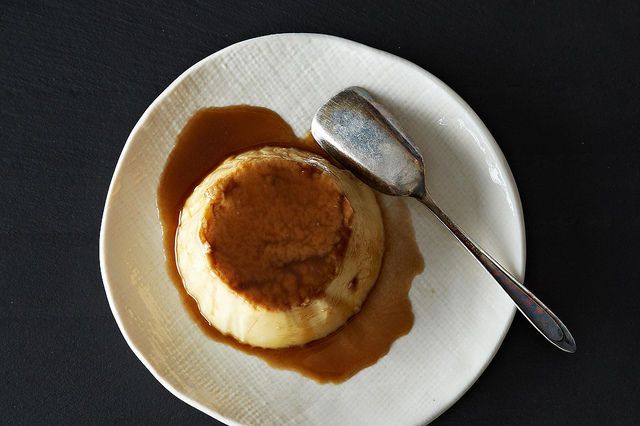
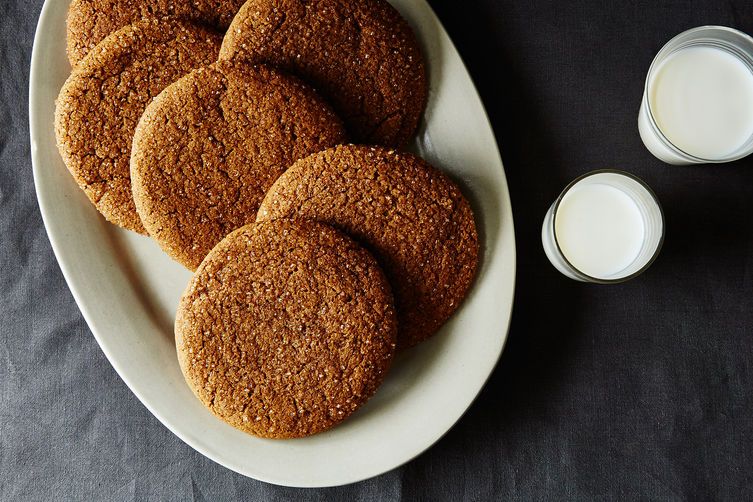
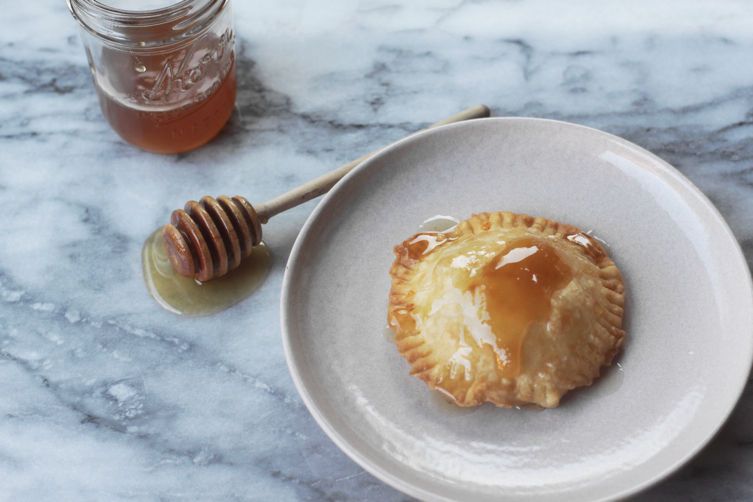
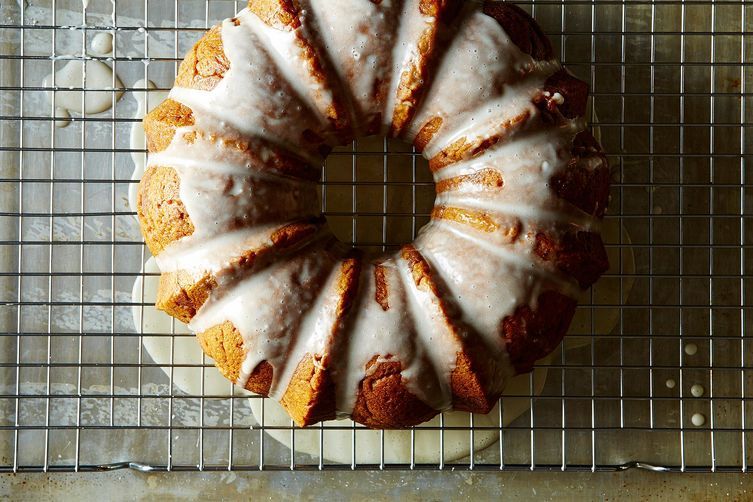
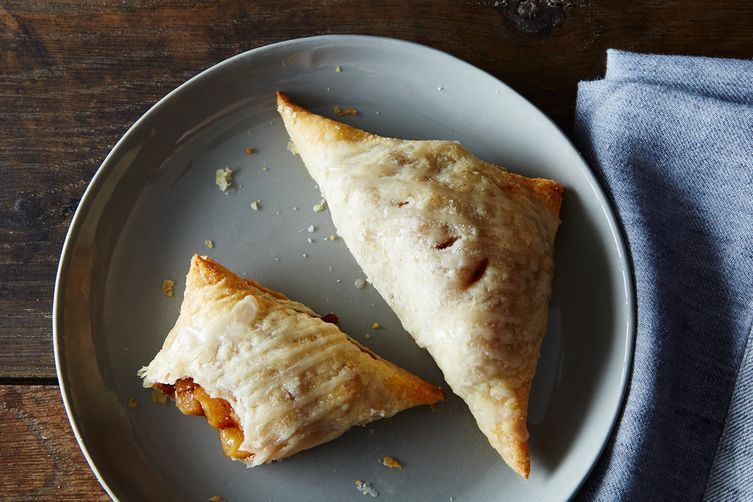

See what other Food52 readers are saying.